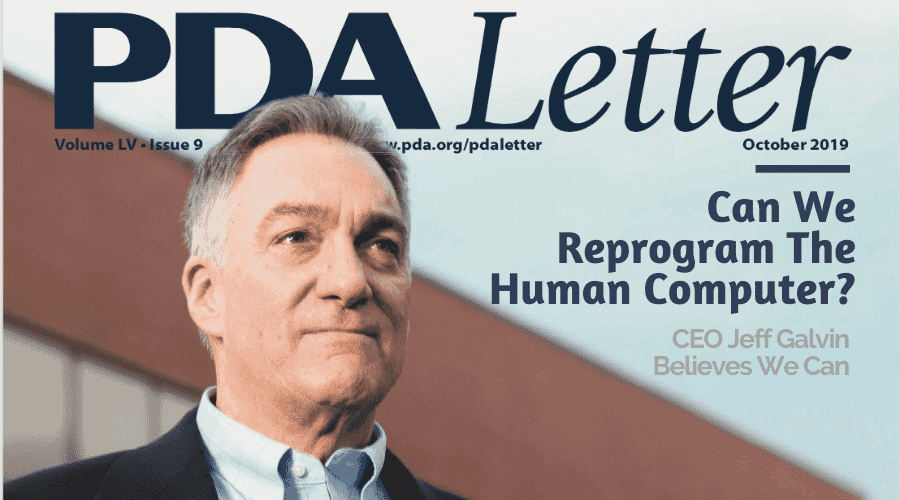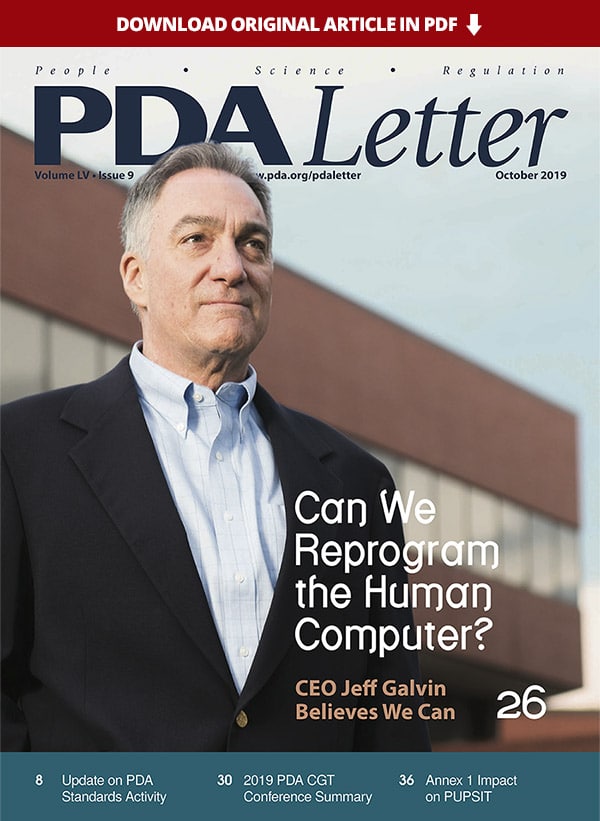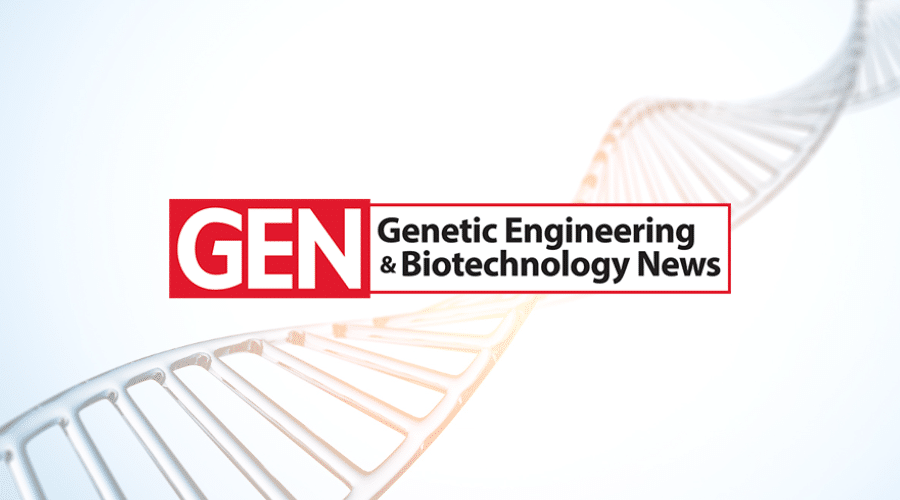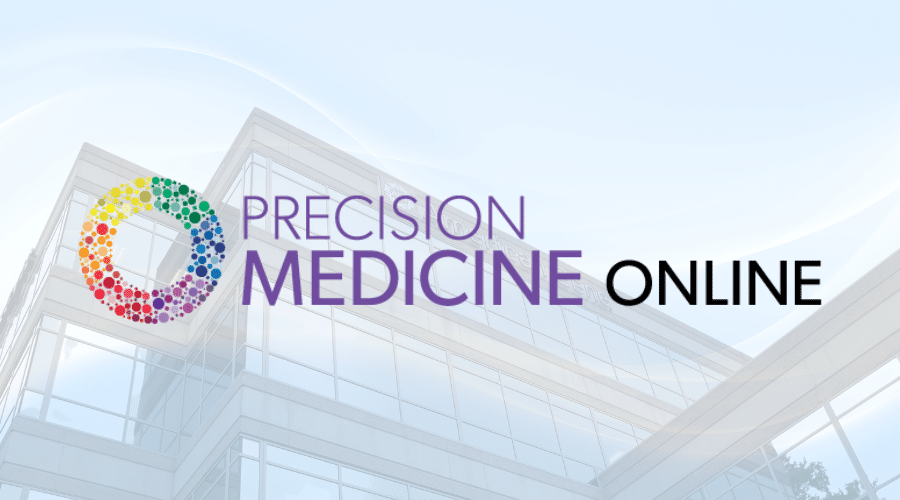Parenteral Drug Association: “Can We Reprogram The Human Computer?”

Published by: Parenteral Drug Association (PDA), In: Volume LV, Issue 9 | Written by: Rebecca Stauffer
What if developers of cell and gene therapies treated their products like software releases? What if the human body could be manipulated like a highly complex computer?
Jeff Galvin, CEO of American Gene Technologies, certainly has that mindset, frequently referring to cell and gene therapies as “reprogramming the human computer.”
“I think this is a software industry, it is the software of DNA,” he explains. “It has a lot of parallels to digital computers and software. I think digital has come to drug development, and analog days are going to end.”
Galvin speaks from experience. He spent much of his career in Silicon Valley, including a five-year stint at Apple, where he remembers seeing Steve Jobs in his early days walking between office buildings in sandals and ripped jeans. Following his work at Apple, he spent many years working for startups in the Valley, ultimately, retiring at the age of 41. But after four years, he says “I needed more stimulation for my brain.”
He started receiving a multitude of business proposals, but none piqued his intellectual curiosity.
Enter Dr. Roscoe Brady.
At the time, Dr. Brady, already a renowned researcher known for his pioneering work on manufacturing and delivering to patients the enzymes behind some genetic disorders, was researching the use of viral vectors to modify genetic structures in cells to potentially cure Gaucher disease and other rare, metabolic disorders as part of the National Institutes of Health (NIH). Galvin was intrigued by the technology and could see its promise. Dr. Brady had cutting-edge lentiviral vector research and discovery, and Brady eloquently articulated the way modified viruses could be used to modify DNA in cells, and how that technology could be brought to the clinic.
Galvin was excited about viral vectors and “smitten” with Brady. He then learned that Dr. Brady’s lab was being shut down and felt the need to act, telling Dr. Brady that he thought NIH “may be shelving one of the most important things” he had ever seen. Galvin saw the potential for this treatment to address a multitude of diseases.
“We may finally be able to send radiation and chemotherapy the way of bloodletting and leeches, because there has got to be a better way than beaming cancercausing radiation through your body to cure cancer.”
Article at a Glance
Although Galvin did not possess a traditional biotech background, he convinced Dr. Brady and the other researchers that his Silicon Valley background would be an asset, offering a new way of looking at gene therapies. He compares the human body to a computer, and Dr. Brady’s platform to software.
“Well, it has a layer just like software. You have the transport layer, which is the viral vectors. [which are like] diskettes, tape or punch cards. They are the way you communicate with the human cell. But without something on them, they are nothing. On the next layer up are tools and components that can be efficiently combined in a myriad of different ways to cure a cornucopia of diseases. Then, after that, you build applications on top.”
DNA Valley
Like his former boss at Apple, Galvin sounds prophetic in describing where he believes this technology is heading: “These are the PC days of gene and cell therapy. The future is a platform, like an iPhone, where curing a disease is like creating an app.” And like Apple, he sees American Gene Technologies as one of many companies in Maryland’s “Biotech Corridor” as the foundations to a future “DNA Valley.”
Galvin founded American Gene Technologies in 2008. The company’s mission is to “get the power of gene and cell therapy to maximum patient populations as quickly as possible because these are potentially life-saving technologies that could end a huge amount of human suffering.”
This singular focus to offer gene and cell therapies “to the most people as quickly as possible is our mission. That brings the whole thing full circle.”
He chose to locate the company in Rockville, Md., due to its proximity to the National Institutes of Health and other government research centers. This meant moving East from his Silicon Valley roots. Galvin notes many parallels between the early days of Silicon Valley and Maryland’s Biotech Corridor.
“There are a lot of good things about the Maryland environment that make it the epicenter of gene and cell therapy,” Galvin says. “This is where all the technology originated. The Human Genome Project was a quarter of a mile from here.”
He sees the future of biotech becoming oriented to this region of the country, predicting that the corridor between Baltimore and Washington, D.C. will become known as “DNA Valley.”
Hacking HIV to Heal Patients
The company’s viral vector platform contains thousands of banked lentiviral vectors with a myriad of characteristics. These vectors can replace missing or damaged genes, prevent genes that cause disease and even kill cells. Additionally, American Gene’s portfolio includes ImmunoToxTM, a viral vector platform that reprograms tumor cells to stimulate gamma delta T-cells. These T-cells then kill the tumor cells and circulate through the bloodstream to kill secondary tumors.
He is particularly excited about the company’s experimental therapy for HIV.
“For HIV, we are using a ‘cell therapy’ to improve the immune system to naturally suppress and eliminate HIV in the patient’s body. First, we need a viral vector, and that is true about all gene therapies, you need some vector production, viral particle production, and then, in the case of a cell therapy, we need to figure out how you are going to consistently manufacture the cell product. One part of the cell product manufacturing process is infecting it with a viral vector in order to make the DNA modifications to improve the cells and make them ready to go back into the body. The improvement we make in HIV is to ‘harden’ the HIV-specific T-cells so that they can’t be infected by HIV virions they find in the bloodstream. That way, they can kill the virions instead of becoming infected.
“What we do with HIV is quite simple from 50,000 feet. You have HIV T-cells in your body and yet they cannot protect you from HIV. With a little teeny bit of improvement, they can. That is our product,” Galvin explains.
“We know what the improvement is. We made a cell therapy, a protocol, that allows us to implement that whole thing in a very efficient manner and we can turn out something that can cure an HIV patient, for a cost figure where it is way cheaper to cure them than it is to treat them for the rest of their lives.”
While on first glance, viral vectors may seem like CRISPR, he is emphatic that the two are quite different, using the term “add-gene” to describe viral vector therapy while CRISPR is a gene editing technology.
“The lentiviruses we use to modify cells are capable of integrating a new genetic construct into your existing genome. They do not chop anything out and replace it, they just add something,” Galvin says. “It [viral vectors] has been around for over 30 years. It is very reliable...choose the right tools for the solution and you will have an efficient and reliable solution for a patient. That is the future of medicine.”
The company expects to submit the IND for this HIV therapy soon and begin recruiting patients for clinical trials before the end of the year. It was in the midst of all this preparation that Galvin met with PDA Letter staff in a conference room at the company’s headquarters on a relatively cool August afternoon. There is no production going on at the headquarters, as AGT uses two contract manufacturing organizations (CMOs), one in New Jersey for the cell process, and one only a few miles away in Gaithersburg, Md. that produces the lentiviral vector. At this time, the company plans to use a different CMO for each drug they produce.
In another parallel to the IT world, Galvin sees his company as following more of a licensing model—he even goes so far as to refer to his researchers as “developers. Companies could in essence, “license” his viral vector platform to produce their own products, much like software companies did in the 1990s.
“I picture somebody else doing the Phase III and the commercialization,” he says. Further, “everybody has their role in the future of medicine.”
And when it comes to scale-up “we have to have a plan for that, but we do not have to implement it.”
Real-Time Updates to Drug Products
As Galvin looks ahead, he sees his portfolio of products as a game changer. In fact, he envisions hospitals around the world purchasing a $200,000 piece of equipment that can be used to produce the HIV treatments onsite
“It [the equipment] does not require a cleanroom to operate,” he says. “They have to maintain this GMP equipment, but everything is reusable and disposable on this thing.”
He compares this model to a software company working with vendors to support hardware such as server farms and ethernet boxes.
“You need to decide what is your core competency, and how you can maximize that,” Galvin reasons.
“We are going to have to deal with this distributed network at some point, and it will evolve. It will not happen overnight, but I think initially there will be one manufacturer, and it may even be us that makes the lentiviral vector,” he says. “It will not matter if you are in Africa getting treated or whether you are in the United States getting treated, you will be taking the same lentiviral vector. But with the cell manufacturing, it may make sense to move that in the near-term closer to the patient.”
In fact, he even sees his drug products being delivered over the Internet. How? In the future, the equipment used to produce the product will receive automatic updates, much like a Tesla or even a smartphone.
“If there is a manufacturer in India, and we update our drug to version 2.1, why should they not have the latest and greatest?” he asks. “We can push the new design, which is really just a sequence, to every manufacturer in the world. They will download it over the internet. And guess what? It will turn out that the new protocol in these automated machines that are treating [patients], give you 10% more HIV-specific CDC positive T-cells that are immune to HIV than they used to with the old viral vector.”
He points to Tesla, as an example. “The car is less and less hardware, and more and more software.”
“Apple-Level” Excitement
Not only is the industry side changing but Galvin forecasts changes in the U.S. FDA regulatory approach as well. His company primarily works through CBER and has found that Center to be open to innovative approaches while taking risks into account. He expects CBER and other FDA centers to move to a simulation approach where a proposed human gene therapy will be simulated in a computer, giving regulators an opportunity to look for potential areas of concern.
“I actually see this giant barrier to entry of regulation naturally reducing when you can do more directed development that actually can be understood in a simulated model.”
As far as the future, Galvin sees limitless possibilities for his company.
“What I tell my people is ‘that is great you solved HIV, now find a better solution because if we do not obsolete ourselves somebody else will certainly do it.’ That is what I carry from the software world,” he says. “Visicalc was the dominant spreadsheet and Lotus 123 wiped them out. Now, Excel wiped out Lotus 123. If you do not innovate in high-tech, you are dead. High tech has come to drug development.”
He also expects to continue drawing on his experiences in Silicon Valley. When he talks, you can almost imagine him launching a biotech product like Steve Jobs launched the iPhone at one of Apple’s annual, eagerly anticipated product launches in 2007.
“I want to solve HIV. I want to solve a whole slew of infectious diseases. And want to solve cancer,” Galvin emphasizes. “I will tell you. I had the same level of excitement when I worked at Apple. This is the first time I have seen another ‘Apple-level’ of opportunity excitement and disruption.”






